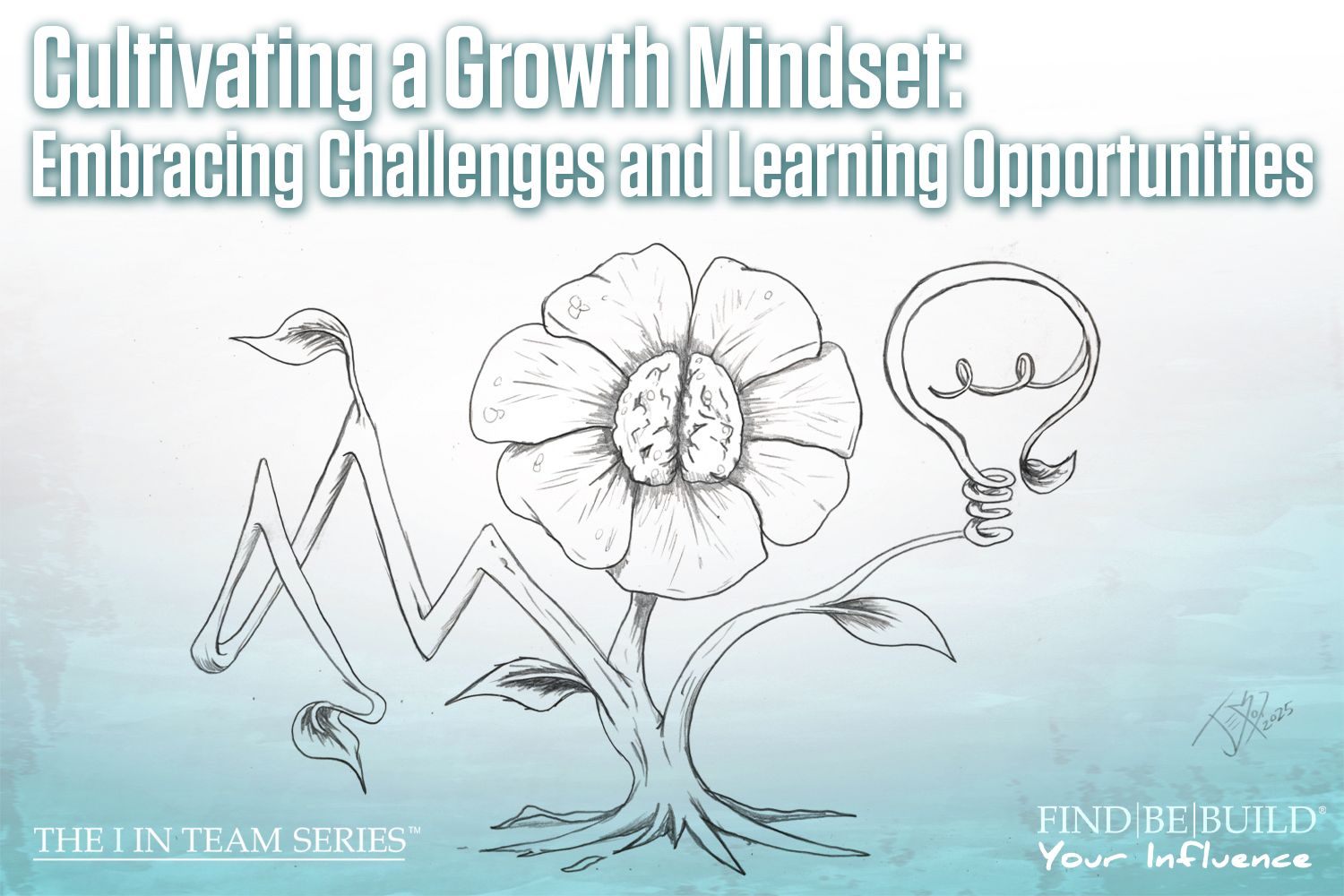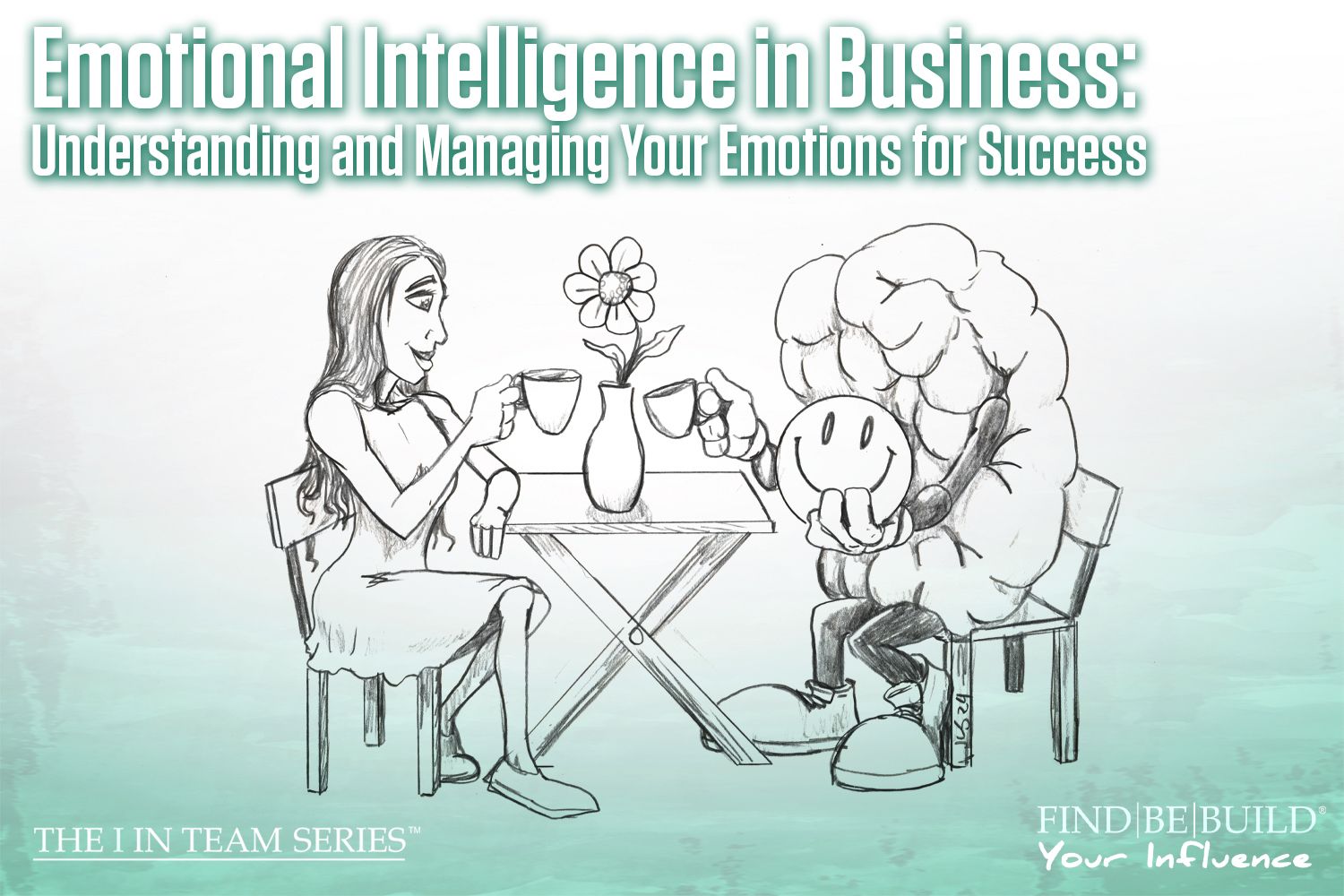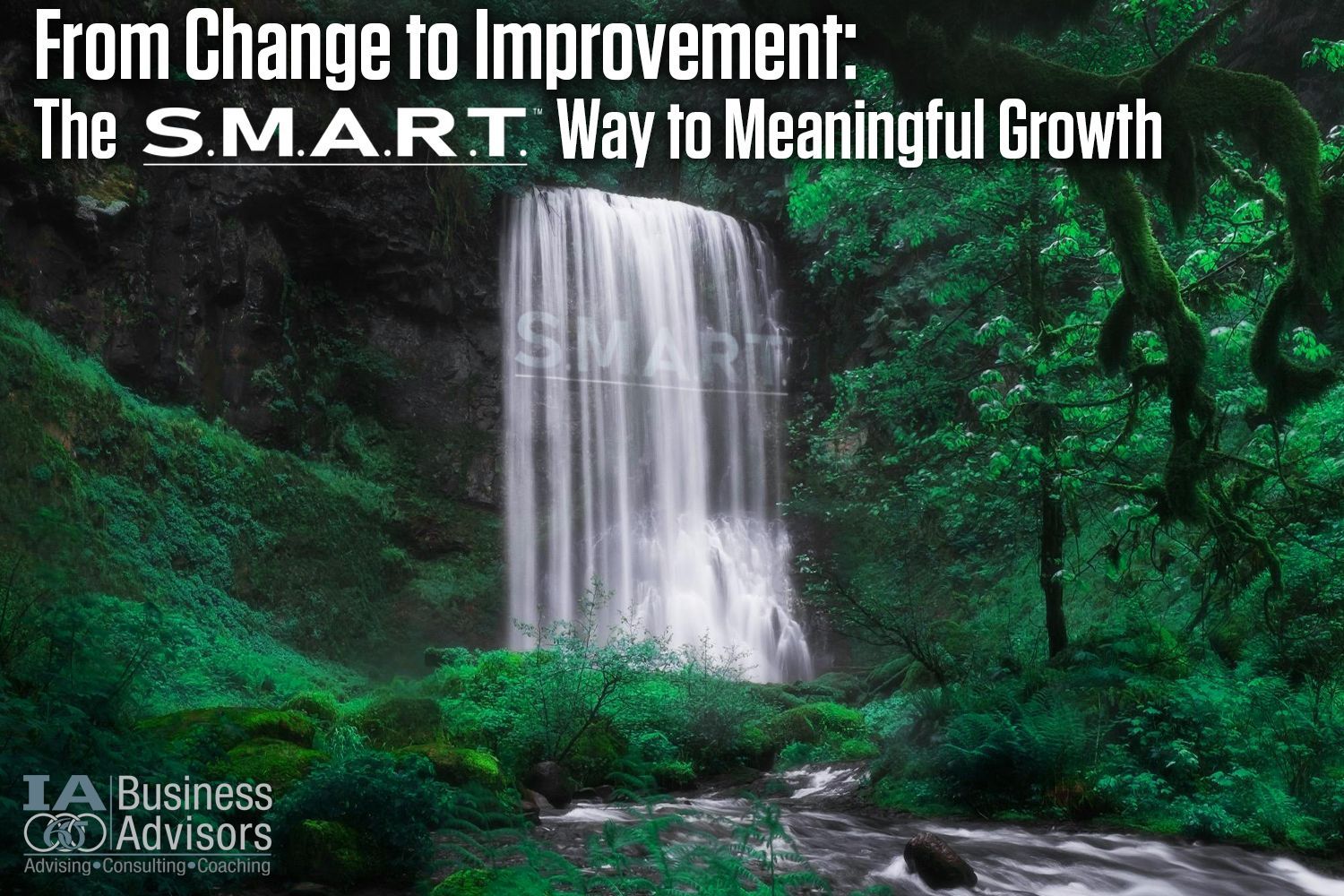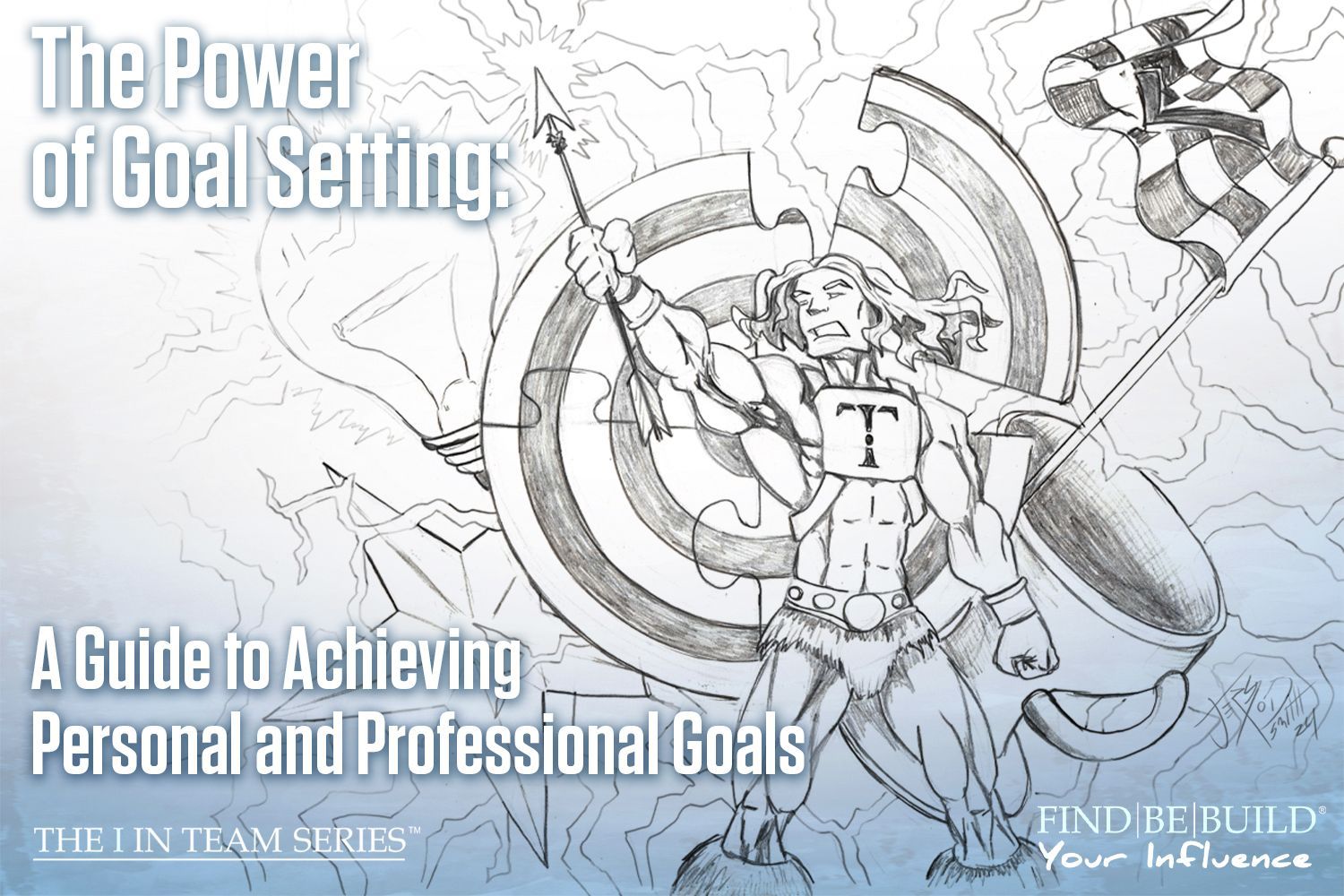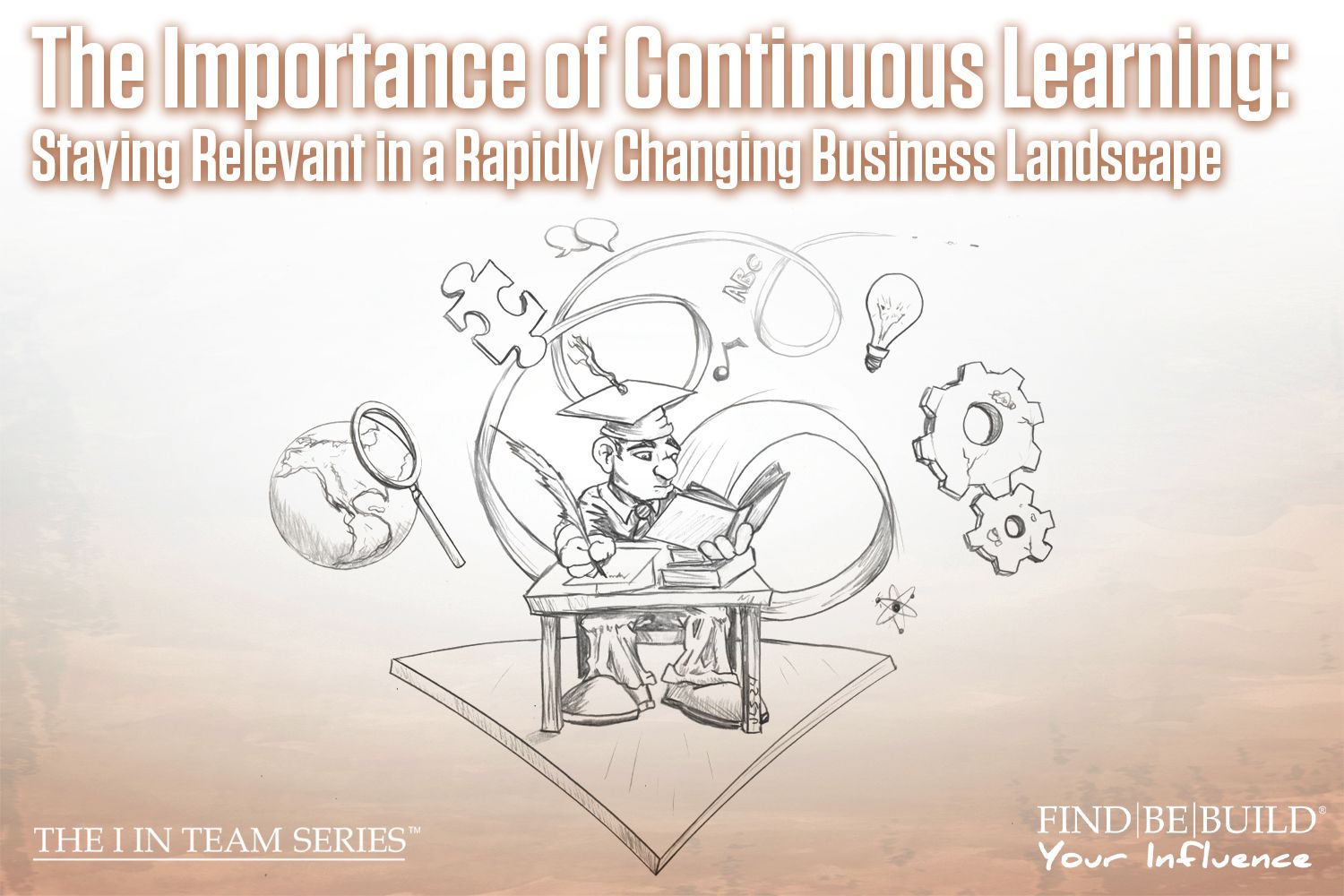Pros and Cons of Technology in Communication

Communication is the most vital tool that any individual will use daily. Therefore, understanding how to communicate effectively in today’s technologically driven world is imperative. While you may not always use technology to communicate, it is becoming increasingly more common. The best way to become a successful communicator is to understand the tools available to you. With growing global connections, workforces becoming more diverse and autonomous, and leaders growing in their ability to lead positively, all must remain mindful of the pros and cons of technology in communication.
The Pros
There are several pros to using technology in communication. The ones listed below are not an exhaustive list, but some of the top advantages realized by our team and clients.
Global Connection
Almost two years after covid-19 began, most organizations know how valuable it is to be connected through technology, allowing us to work from home. Not only did this allow teleworking to be successful, but it opened smaller organizations to the possibility of hiring team members who are not in the office’s vicinity, allowing even the smallest teams to grow their global influence. While technology has connected us globally for quite a while, we have all adapted and learned additional skills in order to succeed in a world where working from home is inevitable for many. The global connection is an amazing asset, and so is being able to work together on projects in real time, sharing and organizing tasks and documents, and using the appropriate channel for conversations such as email or instant messaging (IM).
Increased Productivity
When technology is used appropriately, it can increase productivity (see below under Technology for Technology’s Sake). When you have the best technology to perform your work, it can boost your productivity level by giving you appropriate shortcuts, allowing you to organize past, present, and future information, create templates and projects, notify other team members of their assigned work, and so much more. One of the best parts about technology is that when you know what tools are available to you and can use them properly, you can choose the best tool to help you with your task. Overall, technology has allowed us to become more productive in our work than in eras where technology was absent. Consider how long it might take a lawyer to research a case in the 1950s versus now with the implementation of technology, or how long it would take a detective to gather facts about a case before fingerprint technology was implemented and uploaded into a database. Most, if not all, of our tasks are sped up with technology’s use.
The Cons
With all good things comes the bad side, but if you know what to look for you can try to avoid some of the cons that come with using technology in communication.
Using Technology for Technology’s Sake
Many organizations will find themselves using technology that doesn’t offer them enough features or it offers way too many. Sometimes, leaders implement technology for their teams without understanding the full capabilities of that technology. This often occurs for technology that is “trending” or being appropriately used by other organizations; however, not all technology works for all organizations. When implementing any kind of technology, leaders must understand why they are choosing that technology, what it will satisfy, how their team will use it, what it integrates with (such as other technologies already being used), and when it will be most beneficial to the team to implement. Using technology for technology’s sake can cause confusion and irritation, so be sure to fully understand why you’re implementing new technology and ensure it satisfies all the requirements you have but not more than that.
If you would like to read more information on this, please read our founder’s blog, No Technology for Technology’s Sake.
Miscommunication
We saved this one for last because it is the most obvious. All individuals have communicated via technology and had their message received in a different intention that it was anticipated. This is primarily due to technology removing tone, facial expression, body language, and other micro-body ques that our brains keep track of when we are engaged in face-to-face conversation. Technology allows us to communicate around the world, but language is as diverse as people and sarcasm, jargon, or common sayings may not be understood or may be misinterpreted. Tone is lost, so it is left to the reader to fill in. The truth is that there will always be misinterpretations when it comes to email, IM, texting, and other forms of technological communication. However, you can combat those negative effects by doing your best to understand how your reader might interpret your message, using specific and concise language, and attempting to communicate in a positive or neutral tone. Should you notice that someone isn’t understanding you, pick up the phone and give them a call or hop on a video-conferencing call.
Two things to keep in mind as you continue pondering the pros and cons of technology in your organization: 1) Everyone communicates differently, especially generationally! Remember, some generations in the workforce today didn’t grow up with technology or were even introduced to technology until later in their lives. Conversely, upcoming and younger generations grew up with this technology and may find it easier to use than others. 2) If you can have face to face conversations, do so! This is still the richest form of communication, and it can help build relationships and strengthen bonds. As we begin another year, keep in mind that your ability to positively influence your team through your communication tactics is the key to organizational success.
